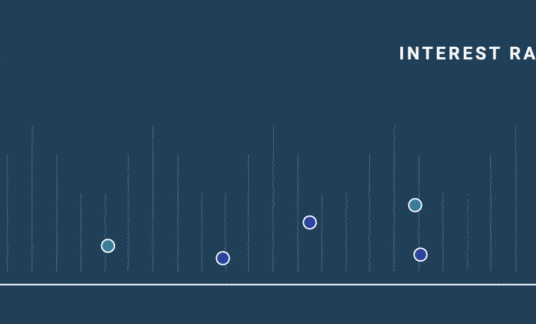Business owners are asked to navigate an array of obstacles on their path to success, but one of the biggest threats to their company’s profit is theft.
In business, theft is more common than people may think, though it’s not the type of thievery you see on television or at the movies. Instead, what many businesses don’t realize is that one of the most common types of theft is actually from employees.
Theft in the workplace can be an uncomfortable topic for business owners. You never want to assume one of the people you’ve hired and trusted would steal from you and your company.
That said, it can happen, so we’re letting you in on how to detect, deter and deal with this issue in your organization.
Business Theft Prevention Strategies
Here are a few ways you can help ensure your employees demonstrate integrity in the workplace.
Hire Honest People
The first way to deter employee theft is to know who you’re hiring. Background checks are extremely helpful, but they don’t always reveal everything. Have someone involved in the hiring process who is a good judge of character. This doesn’t guarantee your new hire won’t end up being less than honest, but it certainly helps.
Make Employees Feel Valuable
Making the people you employ feel valued also will help deter theft in the workplace. Employees who feel they matter and are a part of things are less likely to steal from their employers. Well-compensated staffers are also less eager to take chances and typically more loyal.
Be Attentive
Another way to make it less tempting for employees to steal from work is to avoid giving them the opportunity. Supervise employees closely and pay attention to inventory, cash and anything else someone may want to walk away with. If you have someone who handles your finances (checks, deposits, etc.), always be aware of what’s going out and in.
Reward Employees for Honesty
Having a system through which your employees can confidentially or anonymously report suspicious activity by their peers is another employee theft-prevention tactic. This gives you a few extra sets of eyes in your workplace and will make potential thieves think twice before mentioning any bad ideas they may have to their peers.
Use Internal Controls to Prevent Employee Theft
In addition to prevention strategies you can implement from an employee standpoint, there are physical measures you can take to deter theft in your workplace.
Instill a Code of Conduct
Make sure everyone is on the same page as far as what constitutes stealing in the workplace. Provide examples to your staff of this type of misconduct, such as in onboarding documents, meetings and emails. Also consider indicating potential consequences for theft, fraud or corruption within your organization.
Install Security Surveillance
If you can afford it, purchasing security cameras is something you can do immediately to help prevent workplace theft. When employees know they’re under constant surveillance, they know the chances of getting caught breaching their company’s code of conduct are much greater.
Limit Access Permissions
You also may consider having security measures installed on your work computers. Open access to confidential or sensitive information should be limited to only those who absolutely must have it.
Be clear this isn’t a slight to those losing access to items previously available to them. It’s simply a precaution to avoid diluted password logs and better security measures.
Additionally, be sure to periodically change access codes and passwords.
Conduct Audits
Make audits a priority in your workplace. Whether you conduct one yourself or hire an outside firm, an audit can give you insight into inventory and profit loss. For the best results, be sure your staff isn’t told when the audit will take place.
Keep an Eye on Purchases
One way to establish a checks-and-balance system and curtail internal theft is to assign different personnel to different purchasing duties. For instance, have one employee responsible for preparing orders for your business, another responsible for paying for the orders and yet another responsible for receiving orders.
Also, be sure to use purchase orders with identifying numbers printed on them in sequential order, such as you’d see in a checkbook. That way, you can easily see if any order slips are missing.
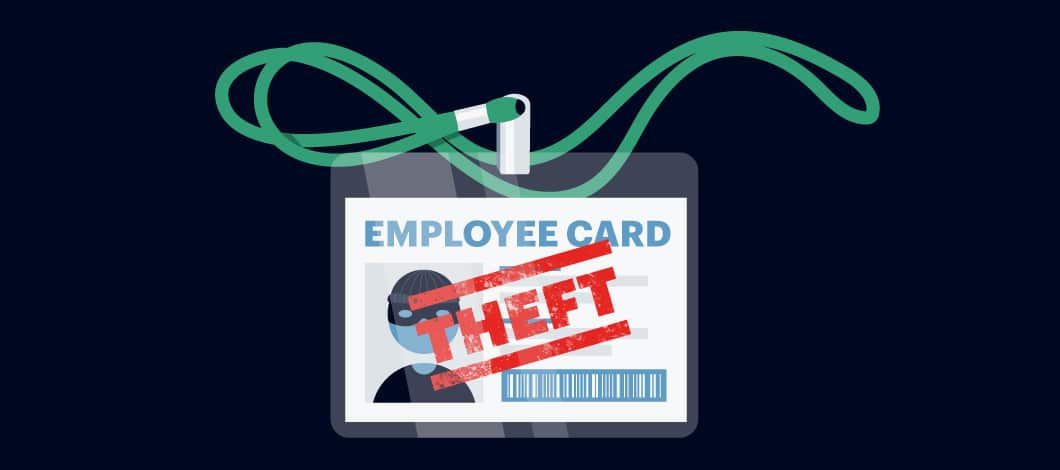
Understanding Employee Theft
Why do employees steal or commit workplace fraud in the first place?
Although it’s sad to say, employees turn to thievery and corruption at their job for a number of reasons:
- Experiencing financial difficulties
- Having problems or instability at home
- Upset with the employer (e.g., because of demotion, poor performance evaluations, reduced hours, etc.)
- Unhappy with their pay
- Believe they can get away with it
- Don’t think their act is harmful or costly to the company
- Justify their actions because they’re taking from an organization as opposed to an actual person
Types of Employee Theft
Although it isn’t an all-encompassing list, here are a few ways employees can be involved in thievery in the workplace.
Stealing Money
Examples of this include stealing cash from the register itself, charging customers extra and pocketing the difference or skimming money from client payments. Falsifying refunds is another technique.
Taking Items
Sometimes workers will steal inventory from the stockroom or the sales floor. Other times, employees may steal office equipment or supplies, such as printer ink or bathroom items.
Misusing Confidential Information
Another way employees may be involved in theft is by sharing client lists or using them for their own gain outside of their regular company duties. Disclosing trade secrets is another way.
Falsifying Payroll Time
Falsifying time cards, claiming overtime when it wasn’t worked or having one co-worker clock in or out for another co-worker’s time are examples of compensation fraud.
Submitting Inaccurate Invoices or Expenses
Some employees will fake expense reports so their company will compensate them for the made-up charges. Billing schemes, such as billing clients invoices and pocketing payments, is another way workers can steal from their companies.
Abusing the Discount Policy
This may take the form of sharing a discount with friends or family when the company policy explicitly prohibits the act. Using company goods or services without paying for them when payment would otherwise be required would fall under this umbrella too.
Robbing from Co-Workers
Theft also can involve one employee stealing from another. This could be done by breaking into another worker’s locker, taking money from their purse or wallet or stealing items from a co-worker’s desk or car.
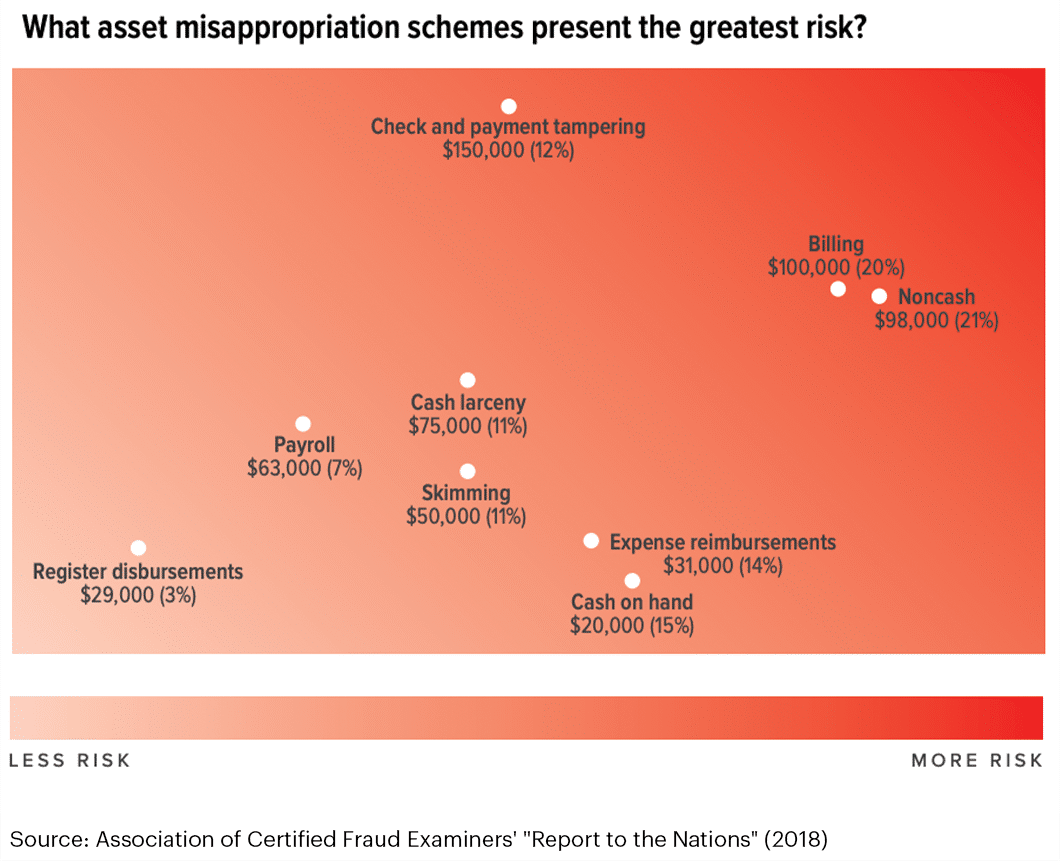
Signs Employees Might Be Stealing
Detecting employee theft will vary depending on what type of business you have. If you own a retail business, for example, you may see inventory unaccounted for or missing. Other signs are a lot of “no sales” on the register, the cash drawer consistently coming up short (or over) at the end of a shift and frequent voids.
Another tip-off is if customers come into your business and will only shop when a certain employee is there. This could mean the employee is giving unauthorized discounts or free products to favorite customers.
In nonretail businesses, you may find some employees are suddenly working late or coming in before everyone else. This can be especially telling if the employee has a history of being unambitious or is unhappy with the job.
Another detail to watch out for is if employees appear to be living significantly beyond their means. Though it’s possible they could come from an affluent background or have won the lottery and still decided to keep working, chances are something is awry. Those with very close ties to vendors or customers are others to keep an eye on.
If you’ve noticed security cameras malfunctioning or being damaged when certain employees are working, this also could be a sign that you’re dealing with employee theft.
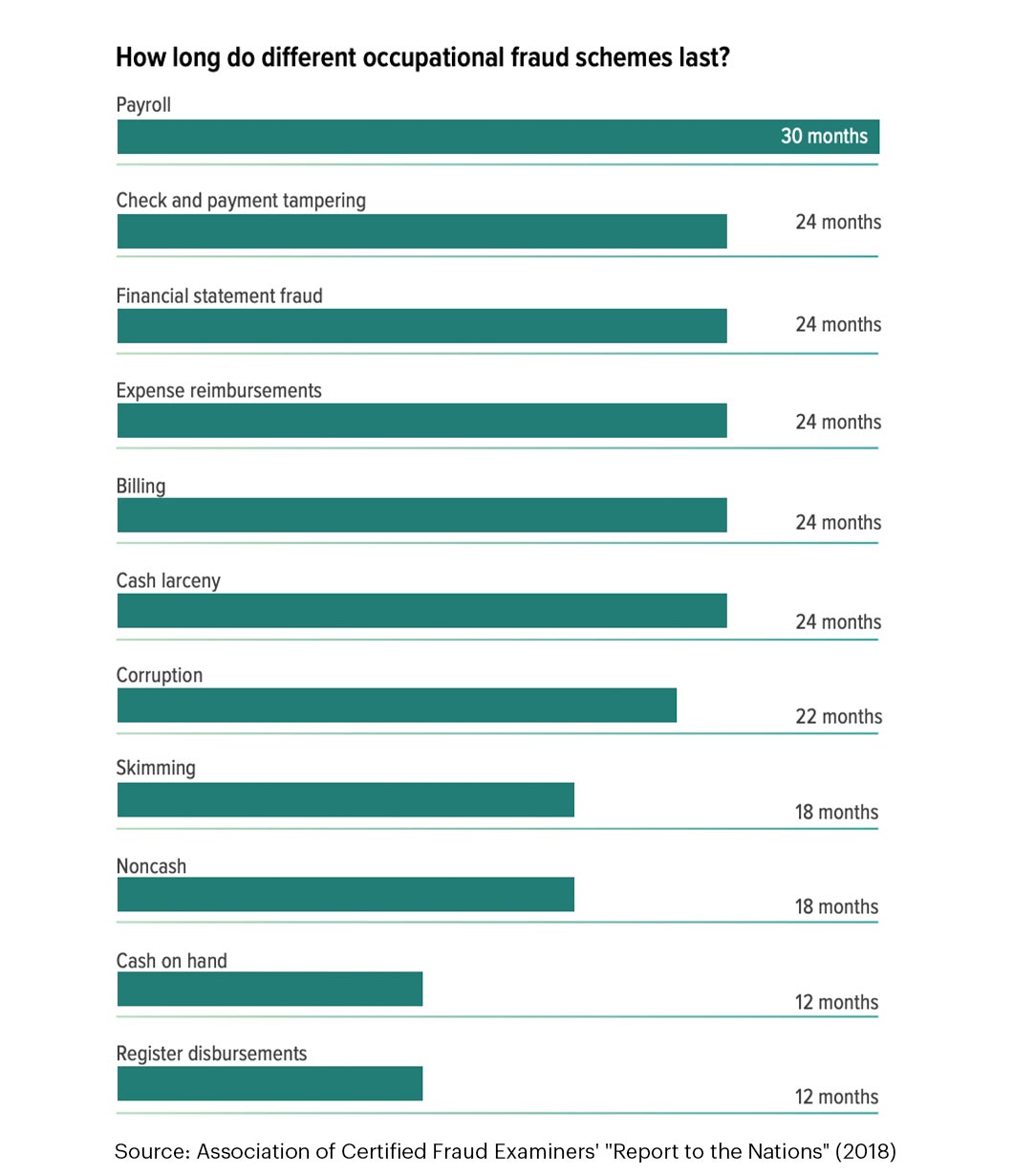
Employee Theft Facts
Having preventive systems in place can help you prepare for worst-case scenarios involving employee theft.
Here are some key findings from the Association of Fraud Examiners’ 2018 global study on occupational fraud:
- Asset misappropriation, including cash and inventory theft, was responsible for the greatest percentage of occupational fraud cases, specifically 89%.
- The most common initial detection method to find workplace fraud was through tips, which accounted for 40% (and employees provided more than half of these tips); internal audits were the second most common method.
- A lack of internal controls accounted for 42% of all fraud in small businesses.
- Most cases of occupational fraud were seen in small businesses and these cases accounted for a median loss of $200,000.
- Small businesses lost nearly 2 times as much per occupational fraud scheme than businesses with more than 100 employees.
- Fraud losses were reduced by more than half when proactive data monitoring and analysis as well as surprise audits were implemented.
- The communications and publishing industry experienced the greatest losses from occupational fraud, specifically a median of $525,000. The least was seen in retail, where the consequences from employee theft ran $50,000.
- Most corruption cases, however, were seen in the energy, manufacturing, government and public administration sectors, 70% of which are perpetrated by someone in a position of authority.
- Most organizations punished fraud with termination, specifically 65% of them.
- For 28% of those found committing theft and fraud, however, consequences included no punishment at all, permission to resign or private settlement agreements.
- Fear of bad publicity was the reason 38% of organizations didn’t refer cases to law enforcement, while 24% said it was too costly.
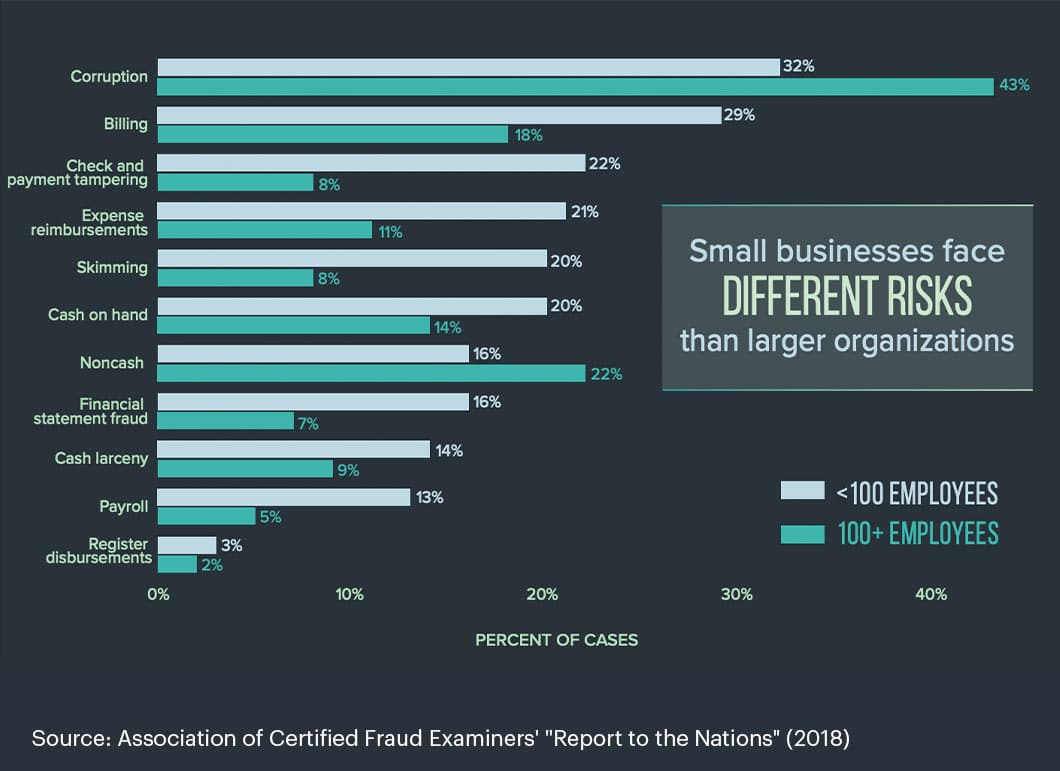
How to Handle Theft at Work
Before implementing a punishment for employee theft — whether demotion, dismissal or something else — be absolutely certain of your allegation, conduct a thorough investigation. Have evidence to support your claim. In some cases, a business may suspend the employee, either with or without pay, during the investigation period.
Without proof, jumping the gun when you’re determining how to address theft in the workplace could land you in legal trouble. Security camera video is best, but if you have witnesses to the theft, that’s helpful. Emails and files also can provide proof.
Additionally, be sure to document everything. Consider getting legal help, too. Check your state’s stealing-in-the-workplace laws as well, including those concerning your right to deduct money from the suspected employee’s final paycheck.
Keep information about the allegation and investigation as private as possible. Telling other employees about the theft or belittling the suspect could result in a defamation of character lawsuit. If you have employee theft insurance, you’ll need to file a police report if submitting a claim.
If the results of your investigation reveal the employee did indeed steal, you may be able to arrange a repayment agreement with the worker for the amount stolen in exchange for not prosecuting them.



